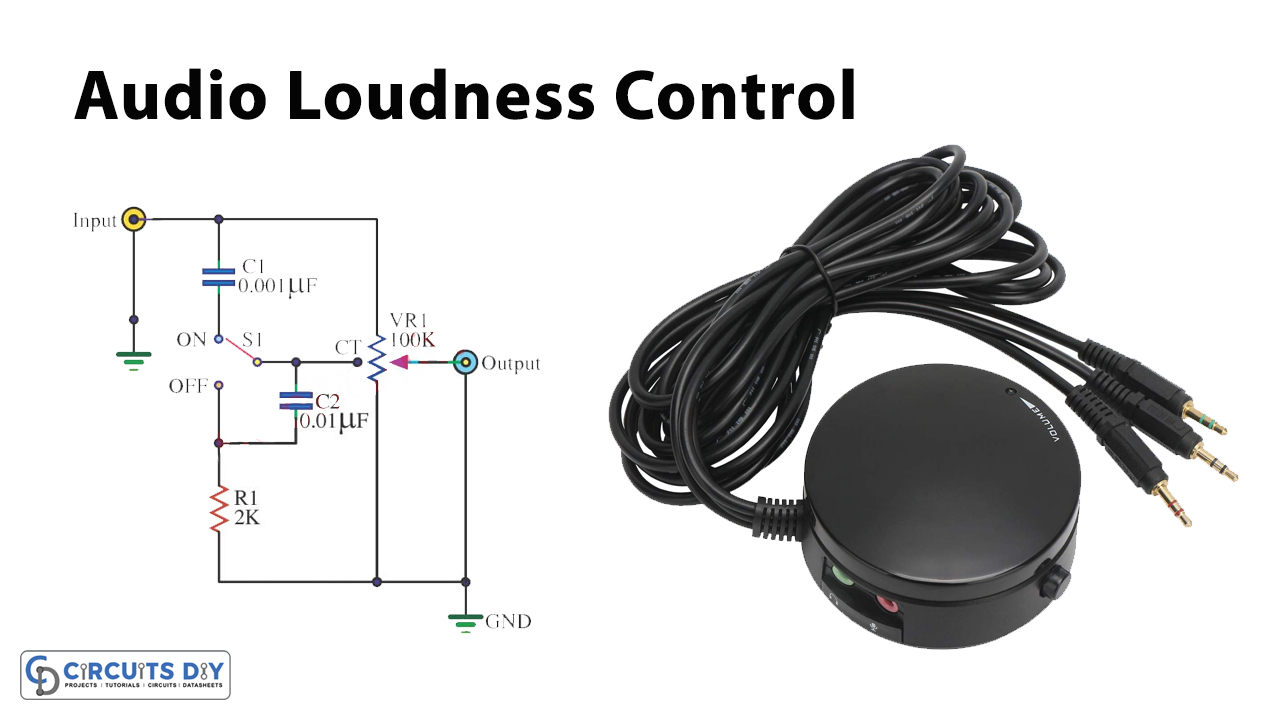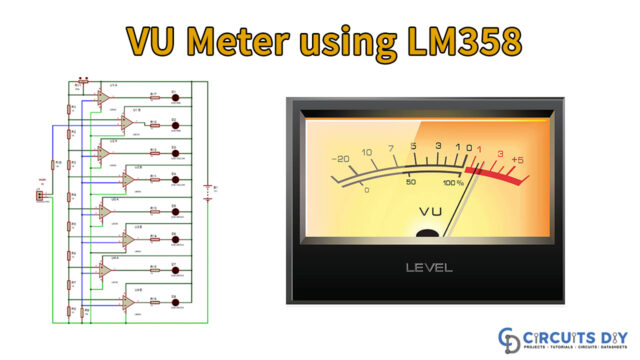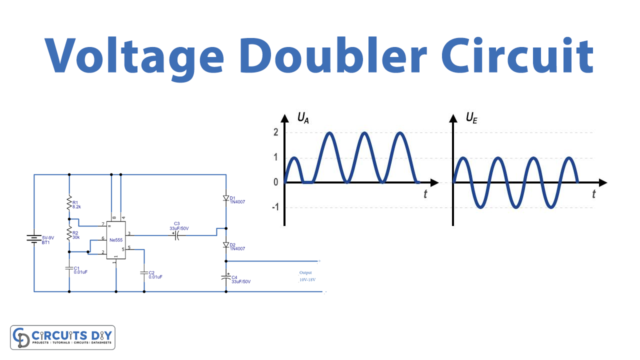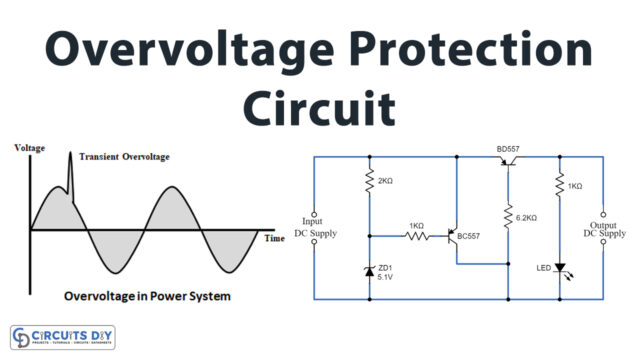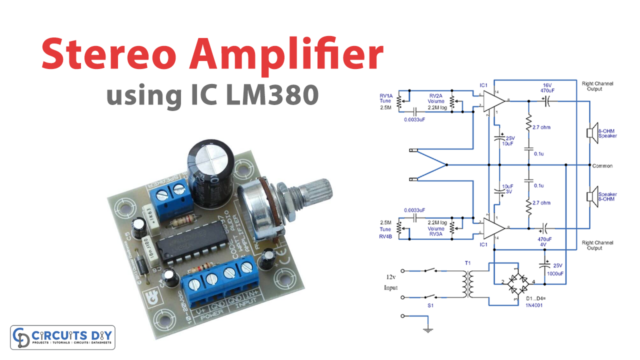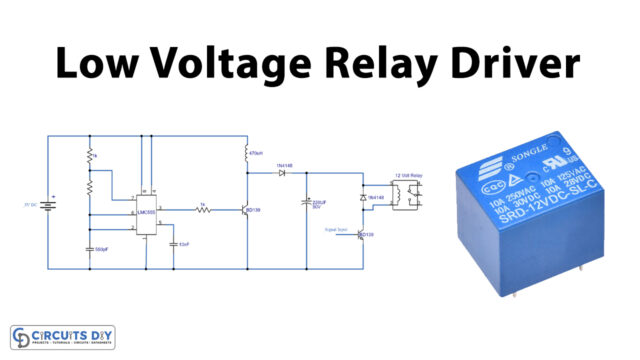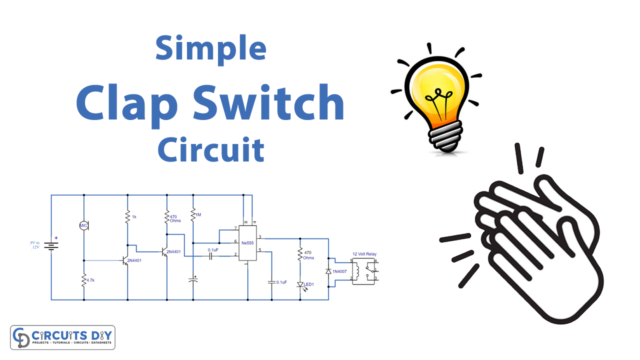In this tutorial, we are going to make an “Audio loudness control circuit “.
A loudness control circuit for an audio device is used or compensating for the loudness characteristics of the human ear. As sometimes it becomes harder for a listener to hear bass tones and high tones when the sound volume becomes smaller, even though the sound pressure (strength of sound) of the tone remains the same.
In order to obtain good audio, we need reproduction at different listening levels, a different tone-control setting should be necessary to suit the well-known behavior of the human ear. In fact, the human ear sensitivity varies in a non-linear manner through the entire audible frequency band.
If your main amplifier’s sound is not clear as low treble and little bass then this circuit is easy and very simple to use and has less equipment. This circuit is used to add bass, more during the normal listening levels. It is a passive circuit and does not use the power supply.
Hardware Components
Audio Loudness Control Circuit
| S.no | Component | Value | Qty |
|---|---|---|---|
| 1. | Ceramic Capacitor | 0.01uF, 0.001uF | 1, 1 |
| 2. | Potentiometer | 100K | 1 |
| 3. | Resistor | 2K | 1 |
| 4. | Switch | – | 1 |
Audio Loudness Control Circuit
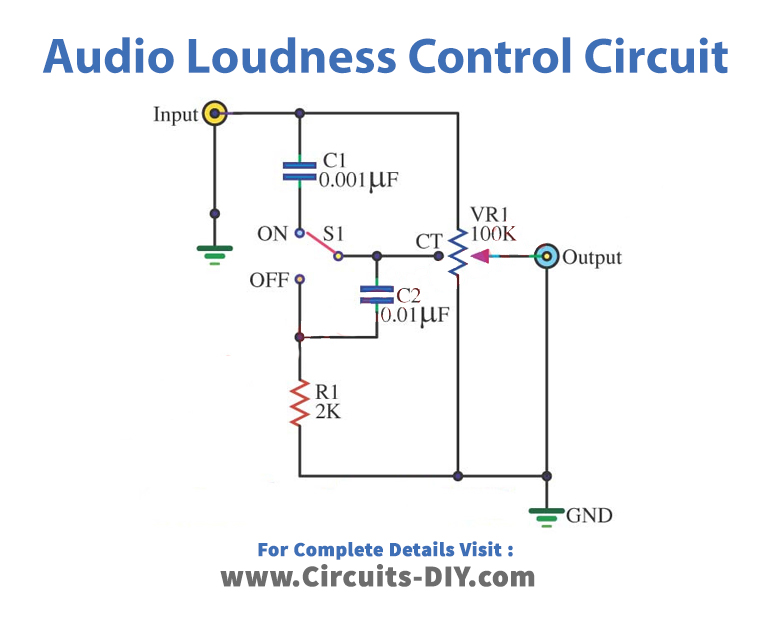
Working Explanations
When you want to control the loudness open (ON) switch S1, and the input signal passes through it. If not then close (OFF) the switch, then the input signal is bypassed. When the switch S1 is in the ON position the signal will flow through C1(0.001uF), C2(0.01uF), and R1(2K). These two capacitors and one resistor make a low pass filter circuit, that passes signals with a frequency lower than a selected cutoff frequency and attenuates signals with frequencies higher than the cutoff frequency.
Potentiometer VR1 is adjusted by the output signal’s strength. VR1-100K Linear Potentiometer uses the volume type with a central bar (Center Tap) only. The output of the circuit will be connected to the region to pre-tone the next step.
Applications
Used as a pre-amplifier in different audio-based circuits.


